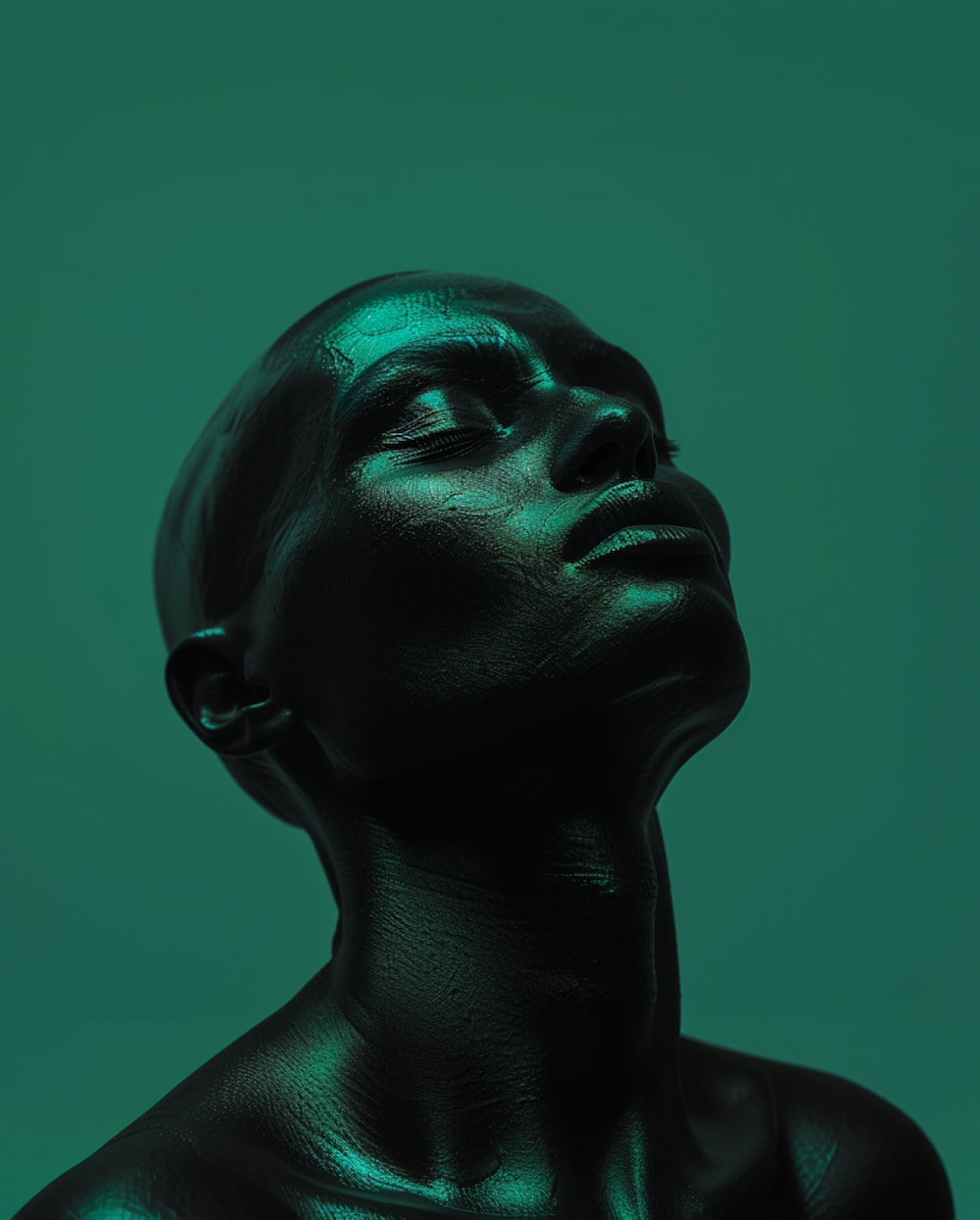Some resolve to use a color because it’s trendy, not because it fits a project. A few years ago, the number of applications on our platforms also increased considerably. Unfortunately, since the app is not the solution to every problem, this quantitative increase was not to the benefit of the quality of these products.
So, how can we be trendy while keeping current societal issues in mind? And, above all, how can we be fair in our creative thinking when it comes to each and every one of our projects?
Today, trends support us by inspiring us, submitting ideas to us and suggesting that we “break the mold”. But in the final analysis, aren’t these trends condemning us all to do the same thing?
On creative software, they are also highlighted. For example, Canva produces over 3,000 designs every minute (source: justcreative.com), based on predefined templates that draw heavily on graphic trends.

This year, there’s one trend that’s really catching on: bento design. These grid-like layouts are literally invading our feeds, thanks to their malleability, which makes them pleasant to use and always offer a highly satisfying aesthetic result. They are used by many brands. This observation begs the question: is a trend always trendy when it’s overused? In the end, what marks the end of a trend is its use, especially when it’s unjustified. It becomes saturated and no longer makes sense.
Rather than trends, we need to focus on what’s important: what makes each project a unique adventure.
It’s a sometimes complex quest, full of twists and turns, but always a rich learning experience for everyone involved in the project in question.
Contrary to what you might think, aesthetics is just one of many pursuits for us designers. Rather than relying on trends, we transform a space to adapt it to the audiences concerned, and make it correspond to our convictions. Accessibility is a perfect example of this: a fundamental current societal issue that influences design so that anyone can access the product in the same way as anyone else.
Environmental issues also influence project development, with the rise of eco-design in particular.
More than ever, audience analysis must also be at the heart of our thinking, whatever our business in this sector. The aim is to be able to define the daily lives of the people who use the end product, to decipher their habits and assess their knowledge of a given sector/subject. It’s precisely these answers that will help us deliver the right solution to a project.
Trends force us to project ourselves into the unknown, into a near future of which we know nothing. Rather than reading the future through these trends, our role is above all to respond to current issues, to be on the lookout for innovations, and to be able to deliver innovative, common-sense end products. Even more concretely, prospecting what the news is all about is the key to everything. As you can see, the campaigns that work today are in no way driven by annual trends, nor are they driven by design: they are connected to the realities we face today. Everything around these ideas is designed to reinforce them.
These trends will always nourish us, but dedicating them to one year is not the right thing to do. A comparison can be made with clothing fashions: what’s fashionable one year is completely out of fashion the next. Finally, if trends no longer existed, wouldn’t these inspirations all become timeless, allowing each person’s identity to express itself fully?



